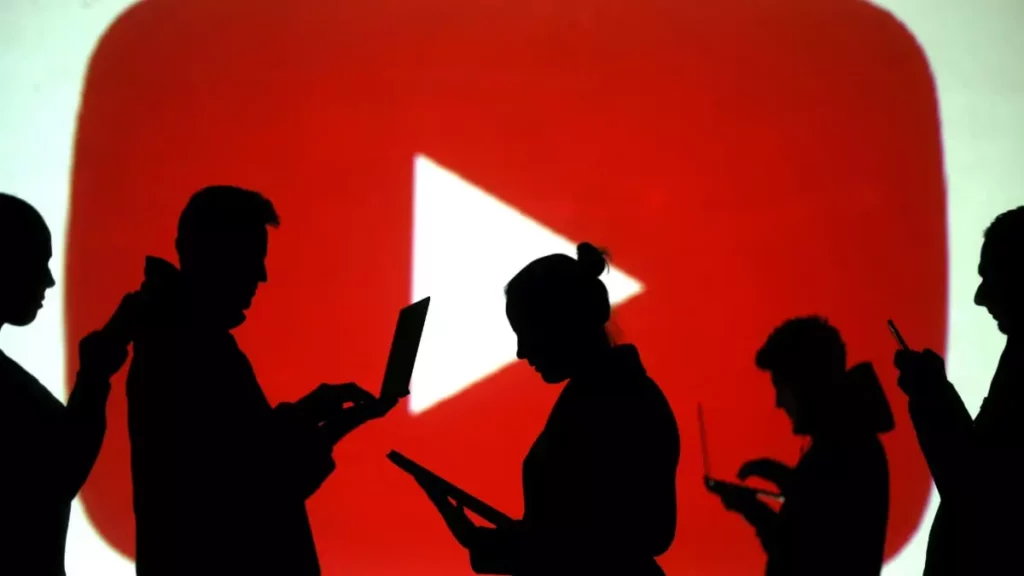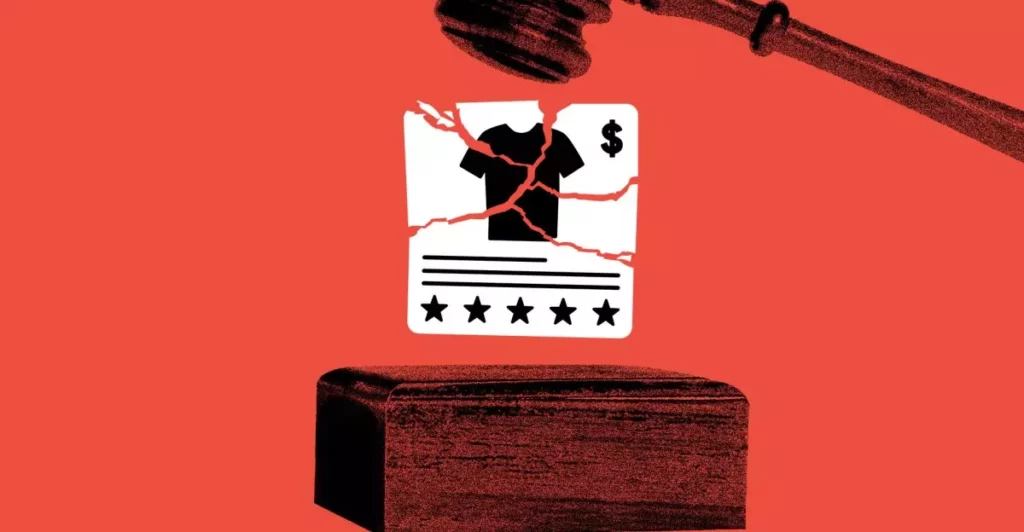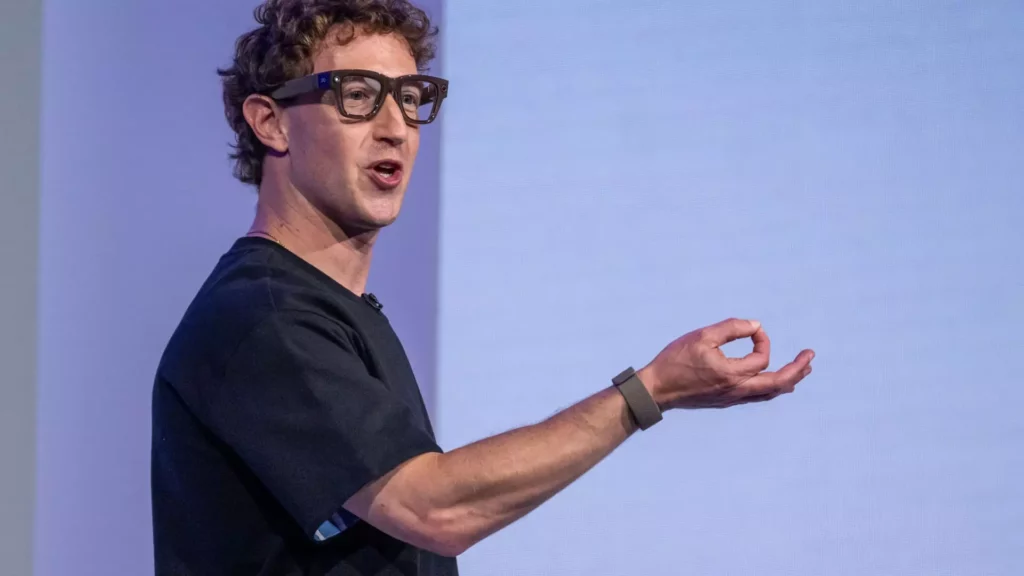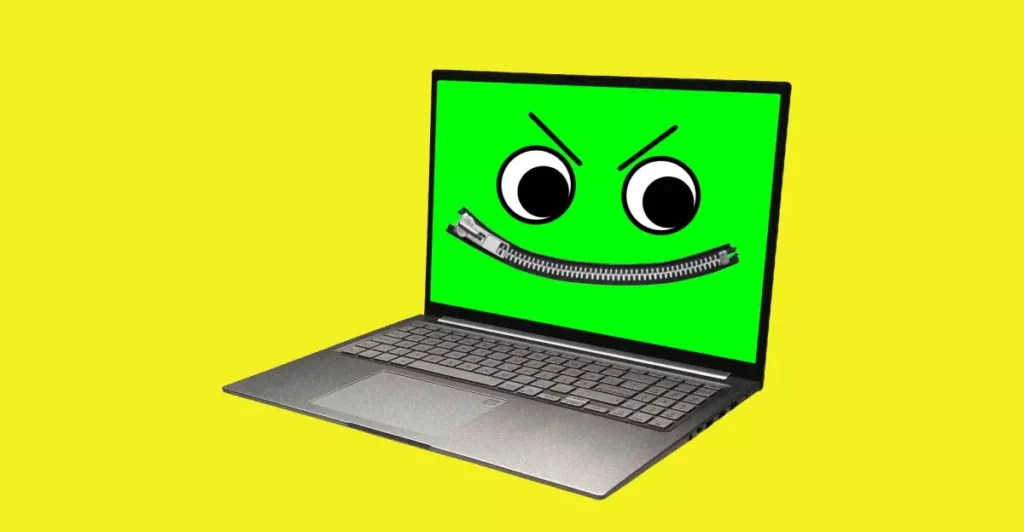In recent discussions surrounding the Australian youth and their engagement with social media, it’s evident that the government finds itself at a perilous junction. eSafety Commissioner Julie Inman Grant has sounded the alarm regarding the exemption of YouTube from certain safety regulations, particularly in light of proposed bans for users under 16. This is not simply an administrative challenge but a showcase of the deep ethical quagmire that surrounds the digital engagement of our young population. It’s time we scrutinize the alarming truth: while social media platforms offer connectivity and entertainment, they simultaneously usher in a wave of damaging content that can have catastrophic implications on youth psychology.
YouTube: The Double-Edged Sword
Statistics reveal an uncomfortable paradox—YouTube stands as the most popular social media platform for Australian youth; however, it is also regarded as the most hazardous. The continued success of YouTube underscores a poignant reality: it’s a double-edged sword. The platform masquerades as a source of creativity and knowledge while allowing rampant virus-like content that propagates misogyny, hate speech, and reckless online challenges. For a generation already battling body image issues and mental health adversities, this becomes a heavy burden to bear. The fact that young Australians are exposed to this toxic digital environment only deepens the urgency for a reevaluation of how we structure social media laws.
Uneven Rules Create Unequal Safeguards
One of the most troubling aspects of the current discourse revolves around the preferential treatment given to YouTube. Legislation that favors specific platforms compromises fairness in protecting All Young Australians. This preferential stance has drawn ire not only from competitors like Facebook and TikTok, who feel sidelined but also raises broader questions about legislative integrity. The irony is glaring: while YouTube enjoys an enviable position, platforms striving to ensure safety are left feeling curbed. If our lawmakers were serious about youth protection, they would take a more holistic approach rather than propping up a single entity at the expense of others.
A Call for Transparency and Accountability
Julie Inman Grant’s recent comments illuminate an often-neglected need for transparency in policymaking. The Australian government’s relationship with YouTube has emerged as a case study in poor governance—commitments and concessions made in the shadows, only to be illuminated by public scrutiny. This game of favors not only discourages cooperation among digital platforms but also escapes accountability for the potential harm posed to young users. It’s a grim reminder that legislative negotiations rooted in opacity ultimately hinder our capacity to create a safer digital landscape.
Proportional Regulation: A Matter of Ethics
The plea for “fair, consistent, and proportional” legislation articulated by Inman Grant is more than a bureaucratic wish; it is an essential tenet for ethical governance in the digital age. To treat YouTube with a different set of rules from other platforms only serves to undermine a necessary dialogue about youth safety. Creating equitable laws that would govern all digital spaces should be the baseline for any policy reform. Policymakers must recognize the complexities of regulating digital platforms—a nuanced approach is required for navigating an increasingly intertwined digital ecosystem while ensuring youth welfare is prioritized above all else.
The Urgency for Change
As Australian legislators embark on this critical journey towards policy reevaluation, the stakes couldn’t be higher. The time for decisive action is now. They have the moral responsibility to pave the way for a safer online experience for young individuals by enforcing a framework that doesn’t shy away from accountability. It’s essential for legislative measures to continually adapt to the evolving nature of social media and the unique challenges that different platforms present. The task ahead is monumental; yet, if approached with transparency and equity, we have the potential to reclaim the digital landscape for our youth. By making youth impact our primary consideration, we can construct a future where they can traverse the online world without the threat of malevolent influences. The bottom line is unwavering—young Australians deserve better.









Leave a Reply